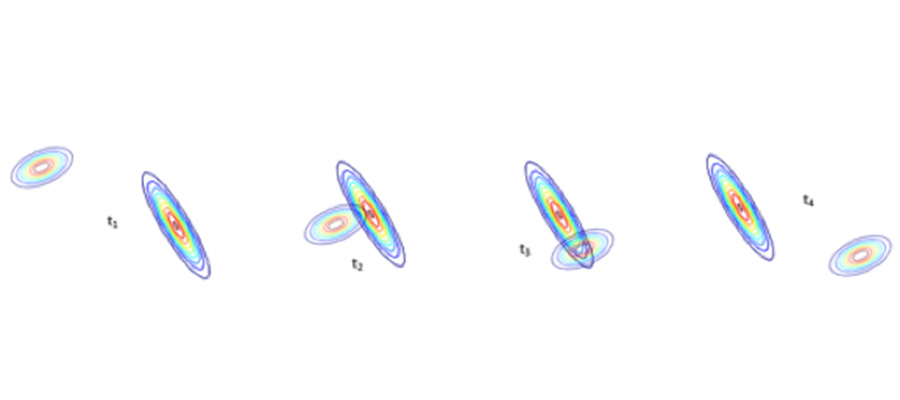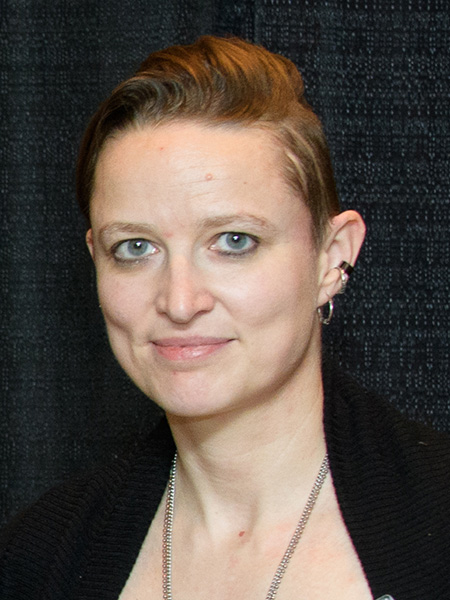AAE professor works to better predict collisions in space

More than 20,000 spacecrafts larger than a meter in geosynchronous region and larger than about 10 centimeters in low earth region are currently catalogued.
Another 100,000 smaller objects — down to the centimeter level — join them.
All of that makes for a considerable amount of traffic in space. That congestion presents a potential threat to space’s infrastructure, and a crucial question: How does one prevent collisions, whether it’s a company’s multi-million-dollar satellite hitting another’s or smashing into space debris or smaller objects?
Carolin Frueh, an assistant professor in AAE, worked with NASA’s Goddard Space Flight Center to prevent such accidents by learning to predict collisions in a reliable computationally fast manner.

Typically, “probability of collision” is computed. But there’s no fast way of computing that exactly, Frueh says. There are simplifying assumptions that go into the computing, which makes it inaccurate. So Frueh and her team looked at alternative measures, such as information measures, to move away from probability of collision methods.
Frueh used machine learning algorithms to see if historic data on near approaches can be used to learn to predict new collisions.
“A lot of the research was actually what are good things to use for the machine learning, what are useful measures to learn from, basically. We tried to do that, not throw all the data in and see what comes out, but how can we infuse physics-based information that we know from the problem?” she says. “Satellites are not that agile compared to drones or cars or anything. They cannot change direction that rapidly, so how can we get the physics that is dominating the problem compared to other problems where we use machine learning, how can we get that into it?”
NASA’s Conjunction Assessment Risk Analysis (CARA) team is responsible for protecting NASA missions. CARA provides identification of close approaches, screens to determine the risk posed by a given event, and plans and executes any risk mitigation strategies. The latter is where Frueh’s collision prediction and avoidance comes into play.
Because orbits have uncertainties, and not every object in space is known, it can be difficult to predict potential collisions. But any kind of advance notice can be helpful, so Frueh’s method potentially will provide details to make well-informed choices. If her information can offer an alert on timing (days in advance, for example), then an adjustment could be made to maneuver away from the debris. If her information can show an object would pass by — and how closely it’d pass — then one could opt to hold steady and not adjust.
“That’s the information we’d like to provide. That’s not what we’re having at the moment,” Frueh says of current methods. “At the moment, NASA says there’s a 10 to minus-6 chance (one-in-one million chance) we’re going to collide in three days. That’s a small chance, but when you have multi-million dollars up there, you’re like, ‘What are we going to do now?’ You want to have as secure knowledge as possible as early as possible.”
